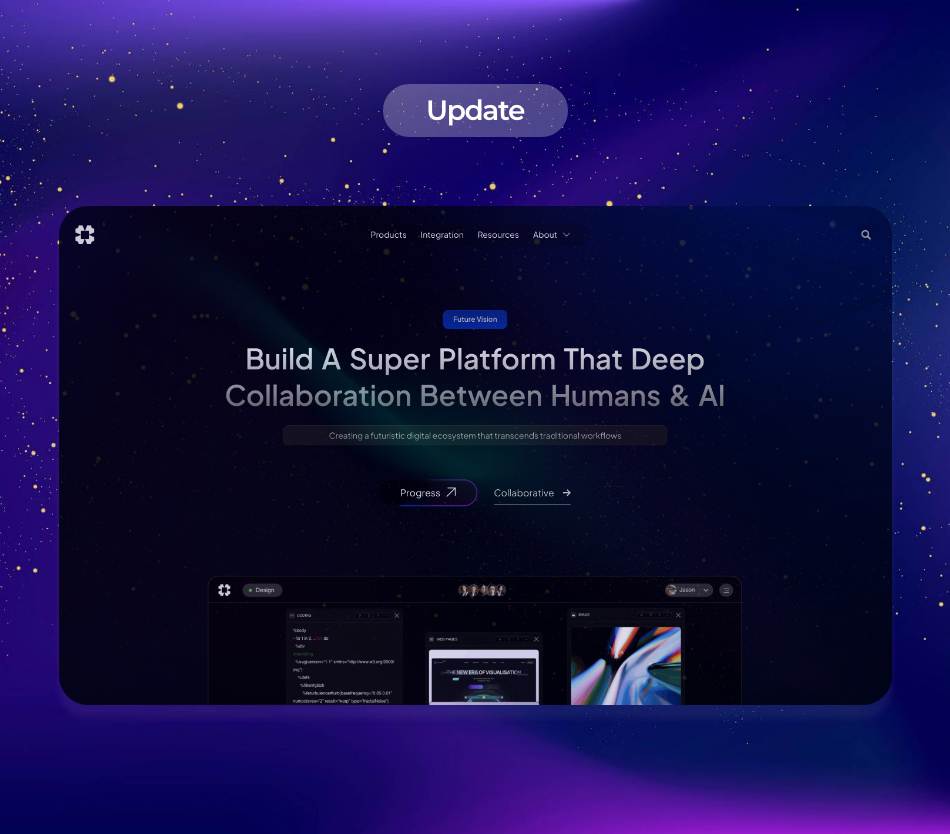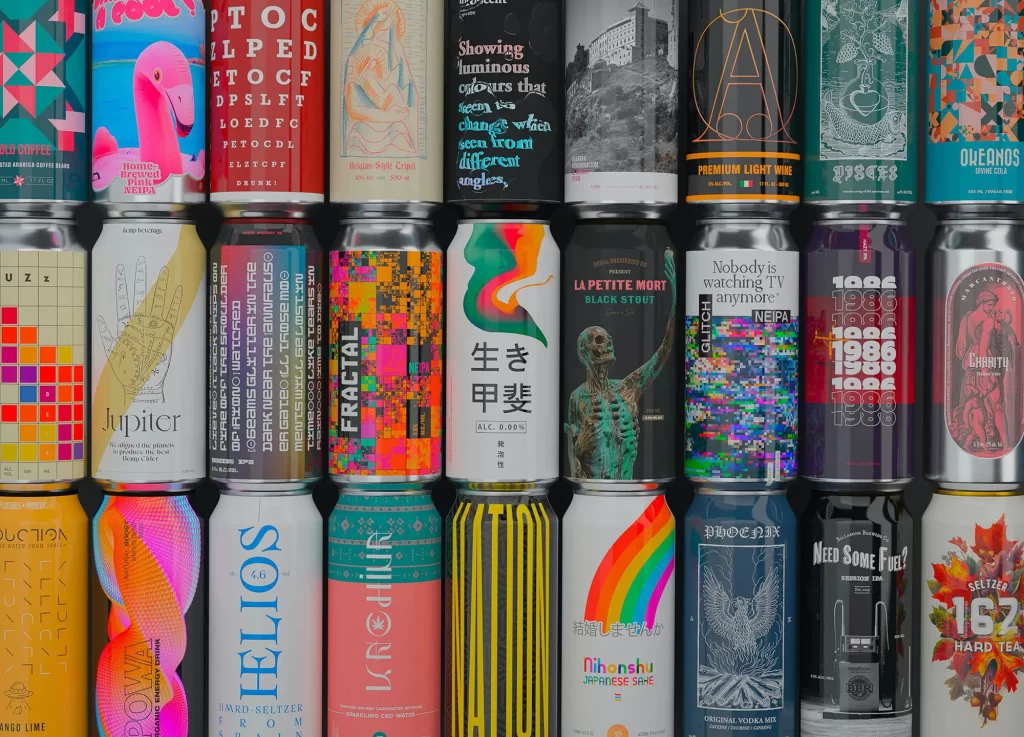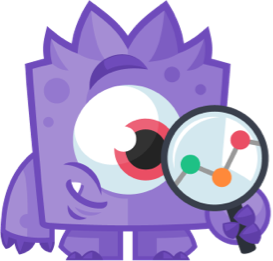In the rapidly evolving landscape of technology, the integration of artificial intelligence (AI) into operating systems (OS) has emerged as a critical trend. The development of energy-efficient AI operating systems (AIOS) and AI-driven OS virtualization is reshaping how we interact with technology, optimizing resource utilization, and enhancing overall system performance. This article delves into the latest news, trends, and applications of AIOS and cognitive systems, providing insights into their significance in various industries.
.
**The Emergence of AIOS: A Game Changer in Computing**
AIOS refers to operating systems that leverage artificial intelligence to enhance their functionality and efficiency. Unlike traditional operating systems, AIOS are designed to learn from user behavior, adapt to changing conditions, and optimize resource allocation. This capability is particularly crucial in today’s energy-conscious world, where organizations are striving to reduce their carbon footprint while maintaining high performance.
.
Recent advancements in AIOS have led to the development of energy-efficient systems that significantly lower power consumption. For instance, companies like Microsoft and Google are investing heavily in AI-driven technologies that enable their operating systems to manage resources intelligently. By analyzing usage patterns, these systems can predict peak usage times and adjust power settings accordingly, resulting in substantial energy savings.
.
**AI-Driven OS Virtualization: Enhancing Resource Utilization**
Virtualization technology has been a cornerstone of modern computing, allowing multiple operating systems to run on a single hardware platform. AI-driven OS virtualization takes this concept further by incorporating AI algorithms to optimize the allocation of resources among virtual machines (VMs). This approach not only improves performance but also enhances energy efficiency.
.
One notable example of AI-driven OS virtualization is VMware’s vSphere with AI capabilities. By utilizing machine learning algorithms, vSphere can analyze workloads in real-time and make dynamic adjustments to resource allocation. This ensures that VMs receive the necessary resources when they need them, reducing idle time and energy consumption. As a result, organizations can achieve a more sustainable IT infrastructure while maximizing performance.
.
**Cognitive Systems: The Brain Behind AIOS**
Cognitive systems are a subset of AI that mimics human thought processes to solve complex problems. These systems play a vital role in the functionality of AIOS, enabling them to learn from experience, reason through data, and make informed decisions. The integration of cognitive systems into AIOS enhances their adaptability and efficiency, making them more responsive to user needs.
.
For instance, IBM’s Watson is a prime example of a cognitive system that has been integrated into various applications, including healthcare, finance, and customer service. By leveraging natural language processing and machine learning, Watson can analyze vast amounts of data and provide actionable insights. When integrated with an AIOS, such cognitive capabilities can lead to more efficient resource management and improved user experiences.
.
**Industry Applications: Transforming Sectors with AIOS**
The applications of energy-efficient AIOS and AI-driven OS virtualization are vast and varied, impacting numerous industries. From healthcare to manufacturing, organizations are beginning to realize the benefits of these technologies.
.
1. **Healthcare**: In the healthcare sector, AIOS can optimize hospital management systems by predicting patient admission rates and resource needs. This not only improves patient care but also reduces operational costs. For instance, AI-driven systems can analyze historical data to forecast patient inflow, allowing hospitals to allocate staff and resources more effectively.
.
2. **Manufacturing**: In manufacturing, AI-driven OS virtualization can enhance production efficiency by monitoring machinery performance and predicting maintenance needs. By analyzing sensor data in real-time, these systems can identify potential issues before they lead to costly downtime, ultimately improving the overall productivity of manufacturing processes.
.
3. **Retail**: Retailers are also leveraging AIOS to enhance customer experiences. By analyzing shopping patterns and preferences, AI-driven systems can optimize inventory management and personalize marketing strategies. This not only improves customer satisfaction but also reduces waste and energy consumption in supply chains.
.
**Technical Insights: The Mechanics Behind AIOS and Virtualization**
Understanding the technical aspects of AIOS and AI-driven OS virtualization is crucial for organizations looking to implement these solutions effectively. At the core of these technologies are advanced algorithms that enable machine learning and data analysis.
.
1. **Machine Learning Algorithms**: AIOS utilize machine learning algorithms to analyze user behavior and system performance. These algorithms can identify patterns and make predictions, allowing the OS to adjust settings dynamically. For example, a machine learning algorithm might learn that a user typically runs resource-intensive applications during specific hours and preemptively allocate more resources during those times.
.
2. **Resource Allocation Techniques**: AI-driven OS virtualization employs sophisticated resource allocation techniques to ensure optimal performance. Techniques such as dynamic resource scaling and load balancing are essential for maintaining system efficiency. By continuously monitoring workloads and adjusting resource distribution, organizations can minimize energy consumption and maximize performance.
.
3. **Data Analytics**: Data analytics plays a crucial role in the functionality of AIOS. By analyzing vast amounts of data, these systems can derive insights that inform decision-making. For instance, data analytics can help identify underutilized resources, enabling organizations to reallocate them effectively and reduce energy waste.
.
**Challenges and Future Directions**
While the benefits of energy-efficient AIOS and AI-driven OS virtualization are clear, several challenges remain. One of the primary concerns is the complexity of implementing these technologies in existing IT infrastructures. Organizations must invest in training and resources to ensure a smooth transition.
.
Moreover, as AIOS become more prevalent, issues related to data privacy and security will need to be addressed. Ensuring that user data is protected while still allowing for effective AI analysis is a delicate balance that organizations must navigate.
.
Looking ahead, the future of AIOS and AI-driven OS virtualization appears promising. As technology continues to advance, we can expect even more sophisticated systems that further enhance energy efficiency and performance. The integration of quantum computing and edge computing with AIOS could lead to unprecedented levels of optimization and resource management.
.
**Conclusion: Embracing the Future of Computing**
In conclusion, the rise of energy-efficient AIOS and AI-driven OS virtualization represents a significant shift in the computing landscape. By leveraging advanced AI technologies, organizations can optimize resource utilization, enhance performance, and reduce energy consumption. As industries continue to embrace these innovations, the potential for improved efficiency and sustainability is immense.
.
As we move forward, it is essential for organizations to stay informed about the latest trends and developments in AIOS and cognitive systems. By doing so, they can position themselves at the forefront of this technological revolution, reaping the benefits of a more efficient and sustainable future.
.
**Sources:**
1. Microsoft. (2023). “AI and Sustainability: How AI is Helping Us Achieve Our Environmental Goals.” Retrieved from [Microsoft Sustainability](https://www.microsoft.com/en-us/sustainability)
2. VMware. (2023). “AI-Driven Virtualization: The Future of IT Infrastructure.” Retrieved from [VMware](https://www.vmware.com/products/vsphere.html)
3. IBM. (2023). “Watson: AI for Business.” Retrieved from [IBM Watson](https://www.ibm.com/watson)
4. McKinsey & Company. (2023). “The Role of AI in Reducing Energy Consumption.” Retrieved from [McKinsey Insights](https://www.mckinsey.com)
5. Gartner. (2023). “Top Trends in AI and Machine Learning.” Retrieved from [Gartner](https://www.gartner.com/en/information-technology)


























